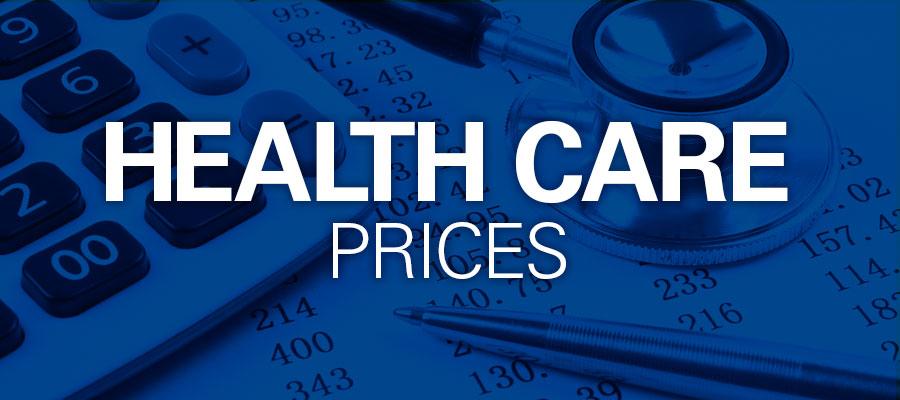RAND 5.0 – The Health Policy Equivalent of Groundhog Day

The RAND Corporation recently released the fifth iteration of its biannual hospital price report. The AHA has previously highlighted significant flaws with older versions of this report, and this latest iteration not only recycles but doubles down on those serious shortcomings — the health policy equivalent of Groundhog Day.
To start, RAND’s insistence on using Medicare as a benchmark for commercial prices continues to distort and generate artificial eye-popping numbers that grab headlines and generate clicks but don’t tell an accurate story. By using Medicare as a benchmark, RAND continues to promote an inaccurate and inflated impression of what hospitals are getting paid to provide care. The truth is that in 2022, Medicare paid hospitals just 82 cents for every dollar of care received, resulting in nearly $100 billion in underpayments to hospitals. From 2021 to 2023, general economic inflation went up more than twice as much as Medicare rate increases. More to the point, Medicare pricing isn’t designed to be applied to the privately insured — something the authors themselves admit “may not be appropriate.”
It’s not just the use of Medicare as a benchmark that is misleading. The notion that the study sample is anything close to representative at the national or state — let alone hospital — level would be laughable if the subject were not so serious. In fact, RAND’s dataset represents less than 2% of the nation’s spending on hospitals between 2020 and 2022. It produced price estimates for individual hospitals with as few as 11 inpatient or outpatient claims represented in their analysis. The inpatient prices in RAND’s analysis for the entire state of Hawaii, for example, is based on just 73 inpatient stays over a three-year period. To put this into broader context, in more than 40% of the hospitals included in RAND’s analysis, the total inpatient and outpatient payments that were included represented less than 1% of those hospitals’ total net patient revenues. When you then consider the fact that RAND reveals nothing about which employers chose to participate in the analysis — we have no line of sight into how more or less representative these employers are of the broader population.
Also, notably absent from RAND’s analysis is discussion of the unique nature of the timeframe focused on in this version — 2020 to 2022. This two-year period includes: a massive drop-off in volume due to many people who chose to delay or avoid health care during the pandemic; multiple waves of COVID-19, which led to large fluctuations of sick patients being treated in hospitals; persistent increases in patient acuity and delays in transfers to post-acute care settings; skyrocketing expenses due to inflation and workforce pressures; and massive profits for commercial insurance companies. None of these historic and influential trends warranted even a mention by RAND.
Another convenient omission from RAND’s analysis is any discussion of the role commercial insurers and third-party administrators play in driving up costs for employers — such as the issues highlighted by the recent allegations against Multiplan. Whether through convoluted fees passed on to unaware employers, and delays or outright denials of payment to providers for caring for patients, these entities play a significant role in driving up health care costs. Perhaps unsurprisingly, the origin of this report comes from RAND’s continued collaboration with the Employers’ Forum of Indiana, which, despite the folksy name, boasts membership from a litany of the wealthiest commercial insurers and drug companies in the world.
Despite these and other flaws, RAND and its collaborators promote this tool as a legitimate mechanism to lower the costs of hospital care. Employers and policymakers should be aware that this tool can’t be relied upon to tell you much more beyond the fact that Medicare prices don’t cover the costs of providing care and are far too low. Giving it credit for anything more risks doing very real harm to hospitals and the patients and communities that rely on them each day. It also does nothing to address the real challenge of rising costs of health care in this country.

